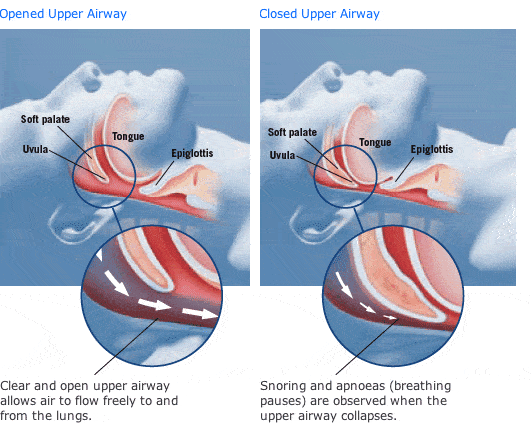While Sleep Apnea is Bad for You, Is it Good for Your Bone Stem Cells?

Sleep apnea caused by snoring is bad news. This means that you stop breathing while you sleep, dropping your oxygen levels and essentially starving your brain and body of their much needed O2. It’s been shown to be associated with everything from weight gain to diabetes to heart attacks to strokes. However, is it good for your bone stem cells and can this teach us something about these cells? A new study looked at about 800 elderly patients who had sleep studies, about half of whom had evidence of apnea on their study. Even when adjusting for sex and weight, the patients with sleep apnea had stronger bones based on density tests. Why? This can actually illustrate an important point-hypoxia (less oxygen) is actually good for stem cells. Better bone stem cells=stronger bones. I often get asked if hyperbaric oxygen would be good for stem cells and my answer is that it’s not clear. We actually have far more research showing that low oxygen conditions help stem cells. The upshot? Too little of a good thing can sometimes be helpful!

If you have questions or comments about this blog post, please email us at [email protected]
NOTE: This blog post provides general information to help the reader better understand regenerative medicine, musculoskeletal health, and related subjects. All content provided in this blog, website, or any linked materials, including text, graphics, images, patient profiles, outcomes, and information, are not intended and should not be considered or used as a substitute for medical advice, diagnosis, or treatment. Please always consult with a professional and certified healthcare provider to discuss if a treatment is right for you.
